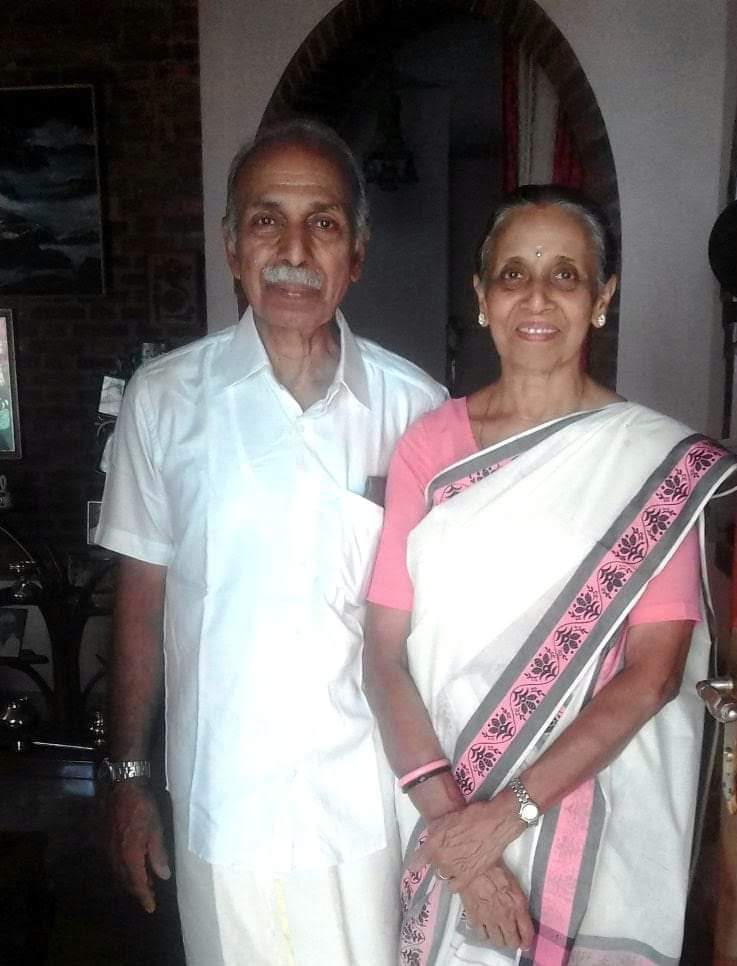By- DR. RAMA KUMAR V.
1ST VCI SECRETARY
Introduction: Animals support 33% of the human needs. But the way animal resources are developed and used vary widely in different parts of the world. Animal resource is a means to sustainability, multiple income earning opportunity (MIEO), equity and life support to millions, specially differently able persons, small holders, weaker sections, women & children.
The west, where substantial part of food is of animal origin, had adopted an agri-based farming system away from human habitation. For development they cleared considerable forest areas and introduced mechanized farming of coarse grains and grassland development. In those countries, the thrust of live-stock production started after most of the existing contagious and infectious diseases were eradicated by rigorous laws and regulations on the basis of a policy of mass slaughter and burial (stamping out). To prevent introduction of exotic disease highly sophisticated laboratories of P3-P5 level and high security animal disease labs. were established. However, the system faced sustainability problems due to intensive use of land, water and energy. Its impact was not immediately felt by the community as hardly 4% of the population is involved in food production, farms were situated far away from human habitation and food was heavily subsidized.
Worldwide, between 10 billion and 15 billion domestic animals is utilizing former wildlife habitat. More than a billion of these are ruminants and they dominate at least 3 billion hectares of land a piece nearly the size of Africa. (Myers 1984),
African continent grazed their cattle in forest ‘en masse’ to the extent that forest is depleted and is a potent source of diseases to both live-stock and the man.
Indian system of Husbandry is essentially an avocation of millions of small holders who raise animals along their dwellings, on crop residues (CR*) and common property resources (CPR).Unlike the west, Animal husbandry in India does not depend so much on cropping/ crop production ie. the system was not grain based, nor does it use mono-cultured grassland . For the same reason, animals in India do not compete with man for food. On the other hand they clear food unfit for human consumption and crop residues. Besides reducing waste, animals convert them into protein rich food, fiber and energy. Our domestic animals produce sizeable quantity of organic manure for crop production. Animals like Camel and yak grow in places where cropping is virtually impossible. Many farm stocks like the duck and geese are water based. They clear weeds & parasites and provide manure for wet land agriculture. This integration is a process of mutual benefit to be differentiated from subservience or commodity concept.
In India, average production of rice and wheat straw per annum is estimated to be around 200 million tons. Much of it is being wasted or burned causing immense pollution, when there is acute shortage of dry fodder for livestock exist in India. Export of oil cakes deprives domestic live-stock of feed. 17 MTs of Maze cobs & 67 MTs Bagasse produced shows that even though integration is an accepted in principle it has never been practice; nor has locality based research been carried out in this respect.
- The Rajya Sabha Committee on Petitions for review of meat export policy submitted its exhaustive report on 13th February 2014 (Report No. 151), in which it made far reaching observations-cum-recommendations on various aspects of the issues under review. Following eye-opening excerpts from the report are relevant to the subject being discussed here:
“The Committee is distressed to note that there are several Departments dealing with the issue of animal health i.e. the Department of Animal Husbandry, Animal Welfare Board, Ministry of Food Processing, Industries, Ministry of Health and Family Welfare, Dairying & Fisheries, Department of Environment & Forests and Ministry of Commerce resulting in total chaos.
In development sector production can be considered either as ‘mass production’ or as ‘production by the masses’ ie. either as high input–high output (Hi Ho) or low input low output (LiLo) system. 60-74% people of India engage themselves in food production (as against 3-4% in developed world). Majority of stake holders are landless whom tilling (farm labor) is a seasonal earning opportunity. Marginal farmers till on their own land and/or work as share croppers leasing land from other land owners. But tilling being seasonal earning opportunity is limited to 90-100 days per year. During the rest of 265 days (unseasonal labor demand) the earning from a single cow, a couple of goats or few chicken (mostly of local breeds) saves the landless from total starvation. Animal husbandry in India continues to be an endeavor of small holders who essentially rear animals on crop residues and common property resources (LiLo).
The pasture land available in India is far below most animal rearing countries in the world (see table below). Animal rearing system practiced in the backyards of India by small holders and pastoral system had stood the test of time. Today if India is the largest milk producer in the world, it is mainly because of the endeavor of small live-stock holders who living themselves on edge, produce milk, meat, eggs, wool, leather etc. for the community at a cost that is unimaginably low. This perhaps is the reason why inflation of animal products is still low in comparison to food grains and vegetables. Objective of our research (R&D) has to mainly focus on identifying the unique potential of animal resources of India and to discuss how far the veterinary service can be effectively organized for benefit the community and in a sustainable manner (Through a need based Human Resource Policy region-wise, if not locality based).
PERMANENT PASUTRE IN INDIA AND IN SOME OTHER COUNTRIES
Brazil –
18.6 Million Hectares
S. Africa – 81.3 Million Hectares
U.K. – 11.0 Million Hectares
U.S.A. – 239.0 Million Hectares
China – 400.0 Million Hectares
India – 11.3 Million Hectares


